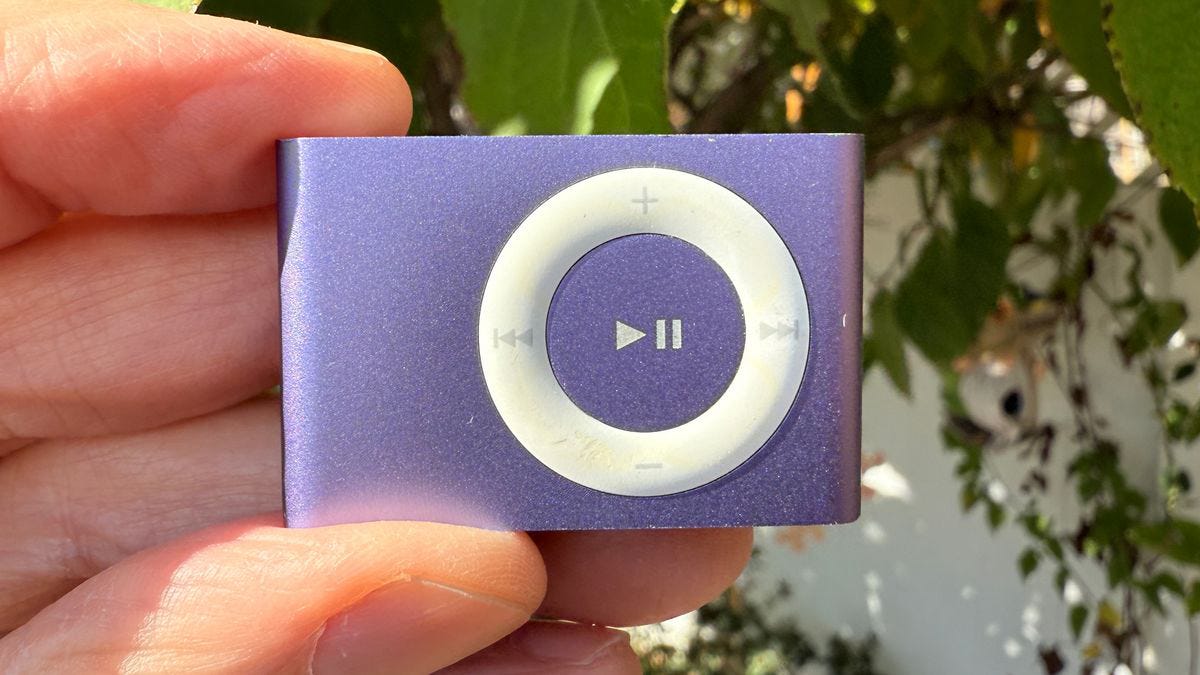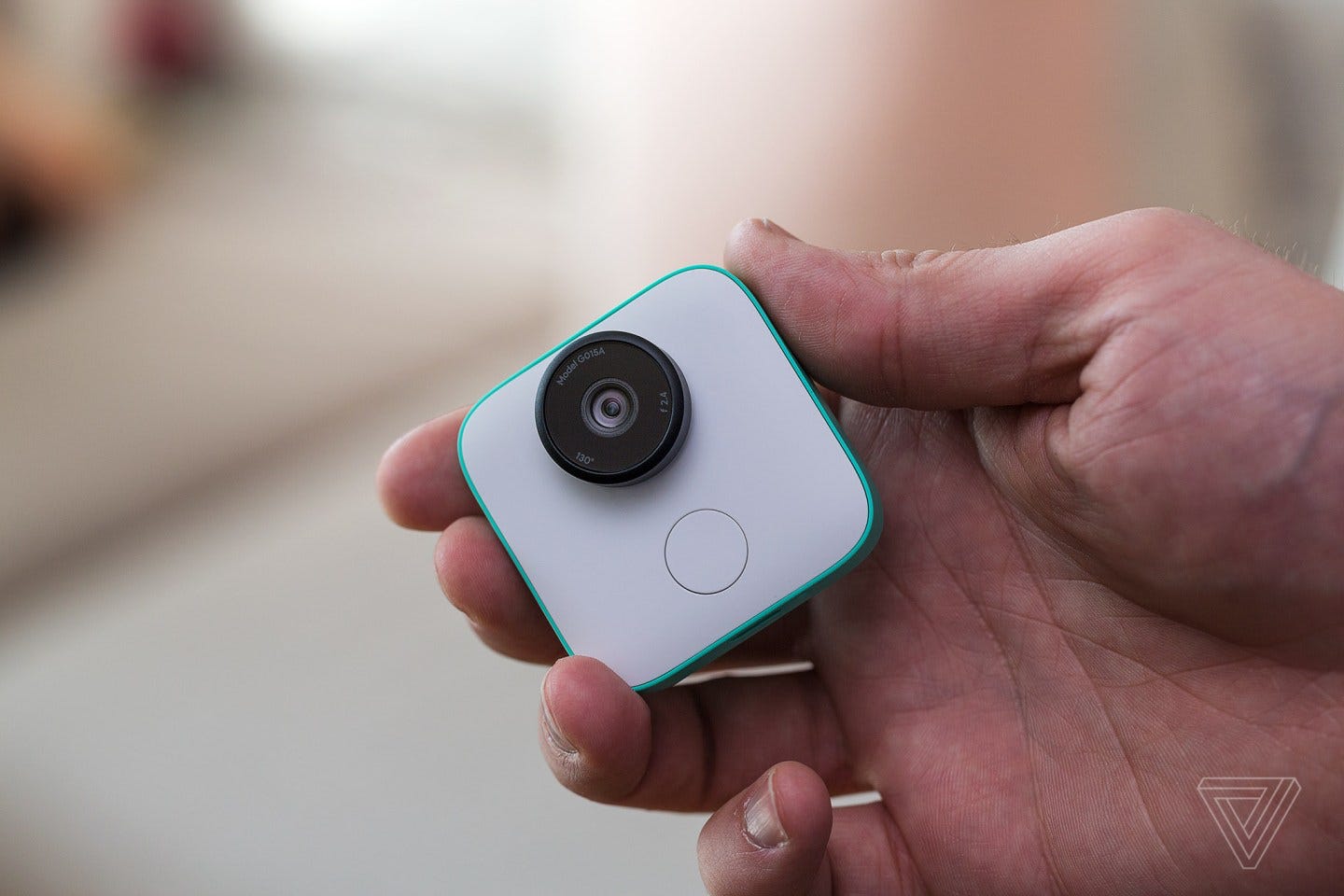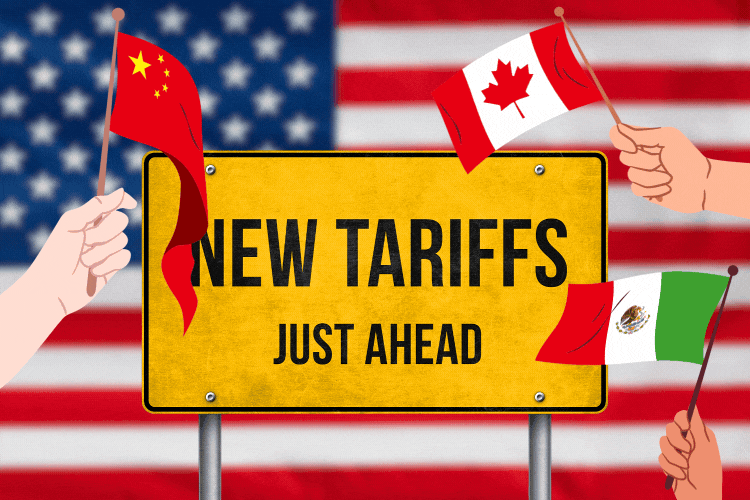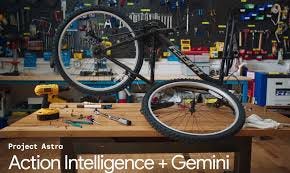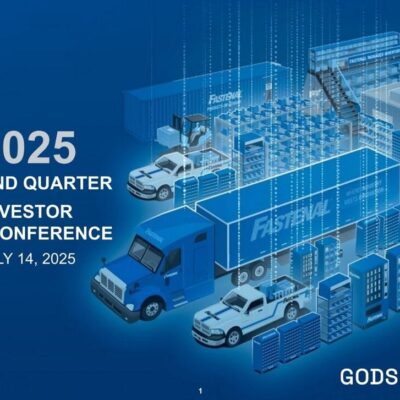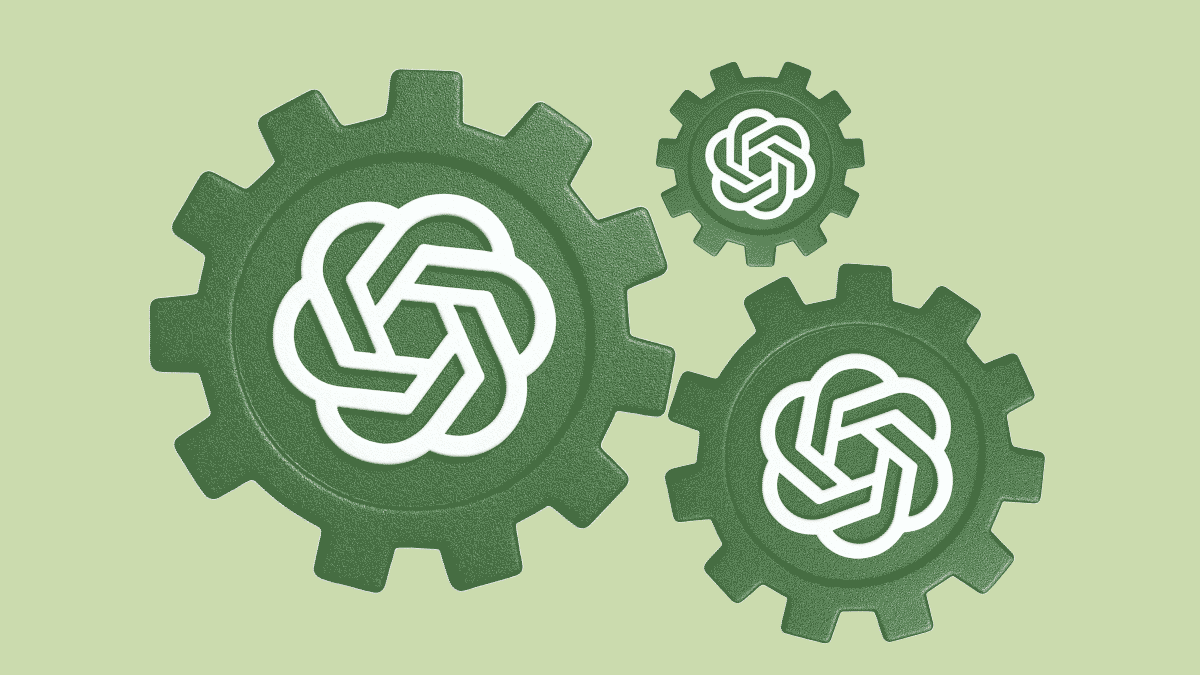
AI: Going beyond 'Legacy Devices' for new AI Experiences. RTZ #730
The Bigger Picture, Sunday, May 25, 2025
Looks like OpenAI’s Sam Altman is going to take this Sunday’s Bigger Picture too, with his two years in the making, friendship, partnership, and now a $6.5 billion acquisition of Jony Ive’s io Products. It’s ‘wheels within wheels’ over at OpenAI. Building world class AI research driven models/applications, AI Compute, and AI devices, all at global scale. At least three AI native companies, when most are barely building one.
It was the OTHER ‘io’ this week, following of course Google’s 2025 I/O Developer Conference on Tuesday. I wrote about both ‘io’ events of course, with the OpenAI/io merger taking much of the media and investor oxygen in the latter part of this week. It’s an event with important implications for the AI industry, key companies like Google, Apple and many others globally, and of course the AI Tech Wave next year and beyond. For all those reasons, thought would make it the ‘Bigger Picture’ discussion for this Sunday.
In that context, I did another video podcast discussion with my nephew Neal Makwana, connecting some important dots on how the OpenAI/io merger came to be.
And what it might mean for the type of AI device, and subsequent ‘family of products’ we might see from the ‘Sam & Jony’ production. It’s worth a watch this Memorial Day weekend. As well as this video piece I did on Perplexity’s innovations in the same arena. (And a Like + Subscribe if you’re feeling generous. Your readership, attention, and comments always appreciated).
The key point I’d like to discuss today though is the bigger picture on the competitive landscape over the couple of years and beyond in how AI goes mainstream beyond the legacy infrastructure of today’s computers, laptops, and smartphones. I’ve of course discussed the plethora of AI Voice powered devices emerging from AI pins and pendants to ‘wearables’ like ‘smart glasses’ from Meta, Google, Apple and many others.
But the broader question is what is the core use case being focused on here.
The Information takes a crack at this in “The Flaw in Altman’s Thesis for AI Devices”:
“Is it animal, mineral or vegetable? OpenAI’s public declaration of its plan to roll out AI-specific hardware devices—as a result of its $6.5 billion purchase of Jony Ive’s startup, io—has sparked the predictable rush of people speculating on what the first such device will be. And we’re not just talking about journalists. Taiwan-based analyst Ming-Chi Kuo suggested in this X post on Thursday that the device could be similar in form to an iPod Shuffle and intended for wearing around the neck. Can you imagine that? No, I can’t either.”
This could be the Apple Shuffle, in one of its many incarnations below,
But of course it would likely need a camera as well as microphone and speakers, so could be like the Google Clips from a few years ago:
But the broader question is if mainstream users need a third device beyond their laptop/tablet/computers and smartphones. The Information makes the con case:
“One of the problems with this guessing game is that it may well prove irrelevant, because the arguments about our need for AI-specific devices don’t hold water. OpenAI CEO Sam Altman, talking with Ive in a slick video explaining the io deal, seemed to deliberately obfuscate how people currently use AI chatbots.”
“He described how asking ChatGPT currently requires someone to get out their laptop, launch a browser and start typing. Come on! At the most basic level, you can already talk to ChatGPT and ask it questions. Even more convenient is the option to talk to a locked phone—such as Google’s Pixel—and ask the Gemini chatbot a question (which it answers!).”
“You can do the same with Meta Platforms’ Ray-Bans smart glasses—no need for laptop, browser or typing. Whatever OpenAI is planning, can it really be simpler than using a device we already carry with us? (Bloomberg reported Thursday that Apple is also planning to get into the smart glasses market).”
So that leaves ‘gamesmanship with industry peers with larger scale, and deeply vertical technology stacks and mass market distribution:
“Now, Altman obviously knows all this. The real reason he is talking up the value of new devices is surely strategic: OpenAI, like Meta, doesn’t want to be dependent on smartphone makers—such as Apple—for distribution of its apps. The company has tried unsuccessfully to strike deals to preload its ChatGPT app onto phones, an executive testified at a Google antitrust trial recently, in an attempt to replicate Google’s strategy of expanding availability of its search app by getting it preloaded onto smartphones and browsers. Altman likely thinks OpenAI needs to control its destiny by developing its own hardware.”
“That’s fine, but consumers may have other ideas. Aside from the difficulty of persuading people they need another device, there’s the time it will take OpenAI to get to market with its new device. According to The Wall Street Journal today, Altman told OpenAI staff on Wednesday evening that he hopes to ship the first new AI device by late next year. Eighteen months is a long time in the fast-evolving AI world. By the time OpenAI’s devices finally make it to market, people may be talking to AI assistants on their phones or smart glasses as freely as they upload videos to TikTok or Instagram.”
And that’s before any tariff and production issues around supply chains in Asia and/or the US. We know even the mighty Apple is facing NEW tough headwinds on that front from the White House.
So OpenAI/io will have its own set of issues ramping up production of a 100 million plus AI devices over the next couple of years, while also ramping up AI Compute infrastructure via Stargate with Softbank and other investments in the hundreds of billions of dollars.
Regardless of the scaling challenges, yours truly is in the camp of new AI devices that can take AI use to a whole another level of utility and functionality.
As I mention in the podcast above, the pain points it addresses are hinted at by this video on Google 2025 I/O demo of the Gemini Live driven ‘Astra’ project, where a Gen Z user talks to his smartphone companion to juggle a variety of tasks while fixing a bike. It’s worth the quick watch.
There’s so much more to go beyond that, and that is the Bigger Picture to keep in mind. Even when we don’t know the form and function of the devices in question.
The opportunity ahead is likely bigger than what was perceived in the earliest days of the PC, Internet and smartphones waves. So, let’s buckle up and brace for a lot of experimentation ahead. Stay tuned.
(NOTE: The discussions here are for information purposes only, and not meant as investment advice at any time. Thanks for joining us here)

